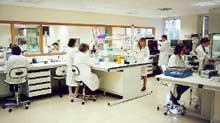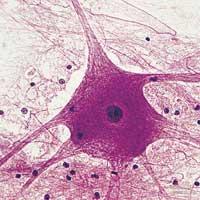Cell therapy for Parkinson’s disease

In Parkinson's disease, degeneration of certain cell groups occurs, so conceptually it is about replacing those cells that are lost. The problem lies in finding a suitable cell type capable of living and integrating into the brain for a long time. This type of cells should fulfill a series of functions and should not generate a rejection.
They initiate an experimental research line from mature stem cells with the ability to become neurons that can be integrated into the brain. They currently work with two types of cells: adult stem cells of the bone marrow and carotid body cells.
As for stem cells of the bone marrow, the first goal is to obtain neurons. In the next step, these neurons will integrate into the animal brain and check whether or not they are able to relieve the symptoms of Parkinson.
Recovery of the motor system
On the other hand, the cells of the growing carotid body are being tested. These cells are found in the brain, in the nodes next to the carotid. The research began five years ago with animals.

The animals were subjected to cellular aggregates of the carotid body in the brain. They have now completed research with twelve macaques and have found that the recovery of the motor system lasts at least one year. In macaques it has been possible to slightly improve the symptoms of Parkinson and from now on the efforts will focus on obtaining motor benefits. To do this, these cells are growing and separating to achieve maximum recovery of the motor vision system of which of them have greater potential. There are already candidates.
In the next step we will have to see if those cells that grow in the carotid body of animals are also found in the carotid body of humans. If the presence of cells of the same type is detected and there is a good response, this type of treatment could be experimentally tested in humans.
As can be seen, research is still far from being applied to humans and, in addition, these lines of research will not cure the disease. However, researchers believe that they will have better results than current treatments. Some deficiencies of the motor system can be solved and can result in the return of the disease to the initial phases. Until the causes of the disease are known, it will not be cured.
www.ihobe.net
Buletina
Bidali zure helbide elektronikoa eta jaso asteroko buletina zure sarrera-ontzian










